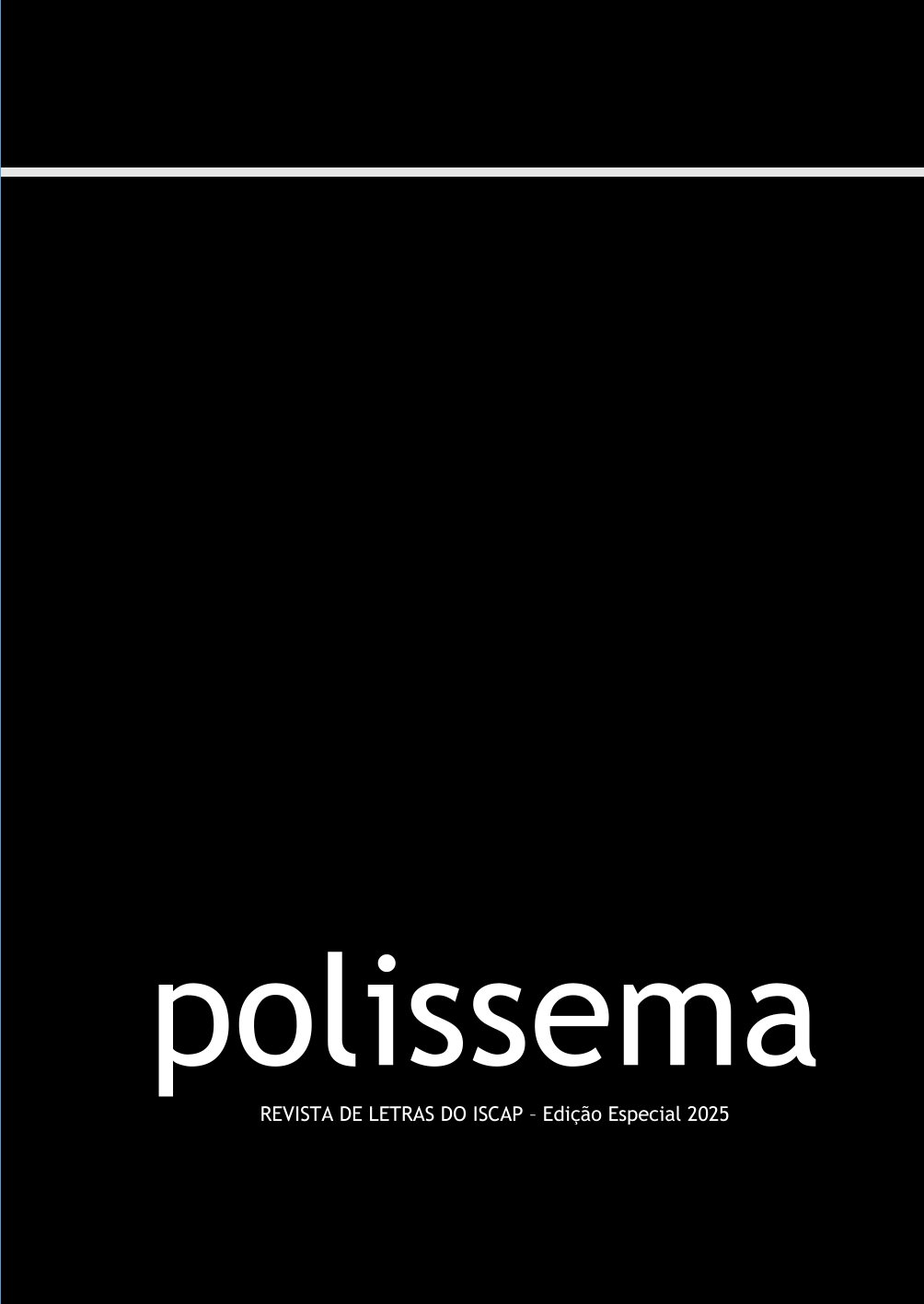FORMACIÓN DEL PENSAMIENTO JUVENIL EN LA REGIÓN DEL CÁUCASO NORTE DE RUSIA A PARTIR DE LAS OBRAS DE ALISA GANIEVA, CON BASE EN EL ESTUDIO DEL LÉXICO
DOI:
https://doi.org/10.34630/polissema.v1i25.6103Palabras clave:
sociedad, juventud, Cáucaso Norte, procesos socioeconómicos, educación, contexto histórico y políticoResumen
Es sabido que en la Rusia actual, en la que existe una sociedad multiétnica y multicultural, la región del Cáucaso Norte destaca por sus características únicas. A pesar de la integración en el sistema federal del país y las similitudes en cuestiones relacionadas con las instituciones estatales y los procesos socioeconómicos, esta región tiene una especificidad histórica y política distinta, lo que le otorga una cierta autonomía. Por tanto, surge la necesidad de analizar la formación de los procesos cognitivos entre los jóvenes de dicho territorio.
El objetivo de esta investigación es identificar y analizar posibles problemas en la formación del pensamiento entre los jóvenes de la región del Cáucaso Norte, así como determinar los factores que influyen en la formación de sus valores y su forma de vida. También se supone que revela la interconexión de los aspectos de la vida social en esta sociedad y su impacto en el desarrollo de la personalidad, tanto dentro como fuera de la región. Así, este estudio se centra en la obra y las actividades públicas de la escritora rusa Alisa Ganieva, cuyas obras analizan algunos procesos complejos y significativos que tienen lugar en el norte del Cáucaso, lo que convierte su obra en un material valioso para estudiar los aspectos socioculturales de este tema.
Citas
Alisa Ganieva Official Website. https://rus.alisaganieva.com/p/blog-page_27.html
Beard, N. (2017). Alisa Ganieva: meet the visionary author pulling back the curtain on Dagestan and beyond. https://www.new-east-archive.org/features/show/9348/new-east-100-alisa-ganieva-dagestani-author-russia
Fedorova, N. (2018). For a Russian writer, a Caucasian is still an enemy. Whom he admires at the same time. https://realnoevremya.ru/articles/105932-intervyu-s-pisatelem-alisoy-ganievoy
Galkina, E.V., Kryuchkov, I.V., & Gundar, E.S. (2019). The perception of contemporary ethnopolitical, social and economic processes by young students in the North Caucasus. CyberLeninka. https://cyberleninka.ru/article/n/vospriyatie-studencheskoy-molodezhyu-sovremennyh-etnopoliticheskih-i-sotsialno-ekonomicheskih-protsessov-na-severnom-kavkaze/viewer Ganieva, A. (2010). Salam, Dalgat!. AST.
Ganieva, A. (2012). The Mountain and The Wall. AST.
Ganieva, A. (2019). Bride and Groom. AST.
Ganieva, A. (2020). Myth, fiction, reportage: 8 books that paint a portrait of the North Caucasus,
then and now. https://www.new-east-archive.org/articles/show/11880/books-list-north-caucasus-hadji-murat-reportage-fiction
Glikman, K. (2010). One day in Dagestan. Novy Mir, 11. https://magazines.gorky.media/novyi_mi/2010/11/odin-den-v-dagestane.html
Ilyashenko, A. N. (2003). Main features of violent crime. Ecsocman. https://web.archive.org/web/20200921031358/http://ecsocman.hse.ru/data/457/394/121 7/012-ILYaShENKO_Ax2cN.pdf
Jirachev, G. (2010). Salam to you, Dalgat! Introductory remarks by Alisa Ganieva. https://magazines.gorky.media/october/2010/6/salam-tebe-dalgat.html
Kostyrko, S. (2021). Алиса Ганиева- https://rus.alisaganieva.com/p/blog-page_27.html?m=1
Minahan, J. (2020). Muslims and Islam in the North Caucasus. Facts and Details. https://factsanddetails.com/russia/Minorities/sub9_3d/entry-5091.html
Riddle Russia (2021). Islamic education in the North Caucasus. https://ridl.io/islamic-education-in-the-north-caucasus/?ysclid=m74x68msfo380193076
The Guardian. (2015). Moscow 30 under 30: The people’s power list. https://www.theguardian.com/world/2015/jun/12/moscow-under-30-the-peoples-power-list
Yarlykapov, A. (2000). https://static.iea.ras.ru/neotlozhka/134-Yarlykapov.pdf
Descargas
Publicado
Cómo citar
Número
Sección
Licencia
Derechos de autor 2025 POLISSEMA – Revista de Letras do ISCAP

Esta obra está bajo una licencia internacional Creative Commons Atribución-NoComercial-SinDerivadas 4.0.


